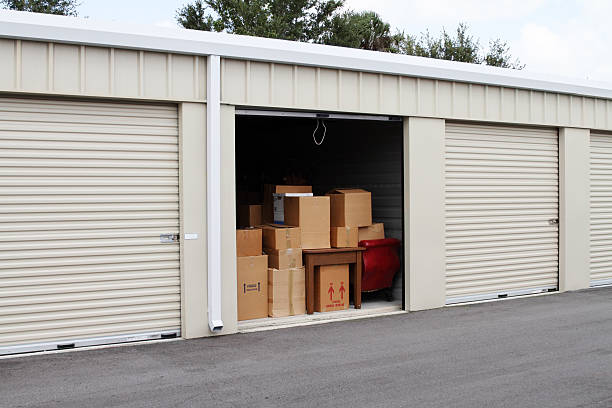Sustainable Storage Solutions – Environmental Benefits of Goods Storage Centers
In the realm of logistics and supply chain management, the concept of sustainable storage solutions is increasingly gaining prominence. These solutions not only cater to the operational efficiency of businesses but also contribute significantly to environmental conservation efforts. A goods storage center, when designed and operated with sustainability in mind, offers several key environmental benefits that are crucial in today’s era of heightened environmental awareness.
Energy Efficiency
One of the primary environmental benefits of sustainable goods storage centers lies in their commitment to energy efficiency. These facilities are equipped with advanced technologies that optimize energy use through efficient lighting, heating, ventilation, and cooling systems HVAC. By minimizing energy consumption, they reduce greenhouse gas emissions and contribute to mitigating climate change impacts. Moreover, many sustainable storage centers integrate renewable energy sources such as solar panels or wind turbines, further reducing their carbon footprint and dependence on fossil fuels.
Water Conservation and Management
Water is a vital resource, and sustainable storage centers prioritize its conservation and responsible management. These facilities implement water-saving technologies like efficient irrigation systems, low-flow fixtures, and water recycling systems. By reducing water consumption and minimizing wastewater generation, they alleviate pressure on local water sources and ecosystems. This approach not only supports sustainable operations but also promotes environmental stewardship within the community.

Waste Reduction and Recycling Initiatives
Another significant environmental benefit of goods storage centers is their emphasis on waste reduction and recycling. These facilities implement comprehensive waste management programs that prioritize waste minimization, segregation, and recycling. Materials such as cardboard, plastic, and metal are sorted and sent to recycling facilities, diverting them from landfills and conserving valuable resources. Additionally, some centers utilize innovative technologies to convert organic waste into renewable energy or compost, further contributing to circular economy principles.
Emission Reduction through Efficient Transport
Transportation is a critical aspect of goods storage operations, and sustainable centers prioritize emission reduction through efficient logistics practices. They employ strategies such as optimizing delivery routes, using eco-friendly vehicles, and promoting modal shifts to rail or water transport where feasible. By minimizing the carbon footprint associated with transportation, these centers contribute to cleaner air quality and reduced atmospheric pollution, benefiting both local communities and the broader environment.
Biodiversity Conservation and Habitat Restoration
Many sustainable storage centers incorporate biodiversity conservation and habitat restoration initiatives into their operational frameworks. They set aside green spaces, plant native vegetation, and implement wildlife-friendly practices to support local ecosystems. By preserving natural habitats and promoting biodiversity, these facilities enhance ecological resilience and contribute to the overall health of surrounding landscapes.
Community Engagement and Environmental Education
Beyond operational practices, eşya depolama centers actively engage with local communities to promote environmental awareness and education. They collaborate with stakeholders, participate in community clean-up initiatives, and support environmental education programs in schools and neighborhoods. By fostering a culture of sustainability and responsibility, these centers inspire individuals and organizations to adopt eco-friendly practices in their daily lives.
Sustainable storage solutions offered by goods storage centers are pivotal in advancing environmental sustainability in the logistics and supply chain industry. Through energy efficiency, water conservation, waste reduction, emission mitigation, biodiversity conservation, and community engagement, these facilities demonstrate a holistic commitment to environmental stewardship.